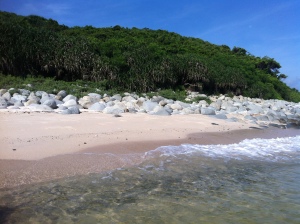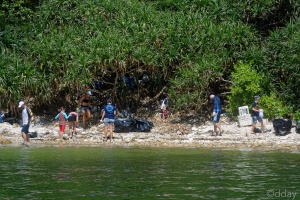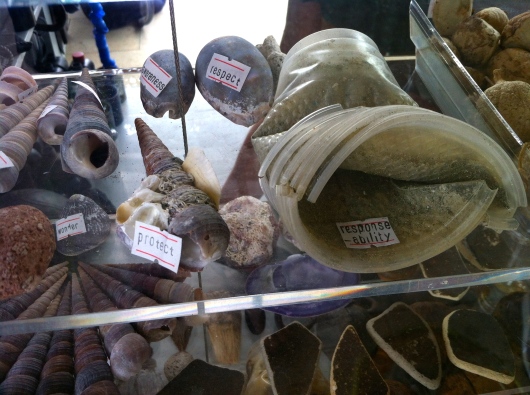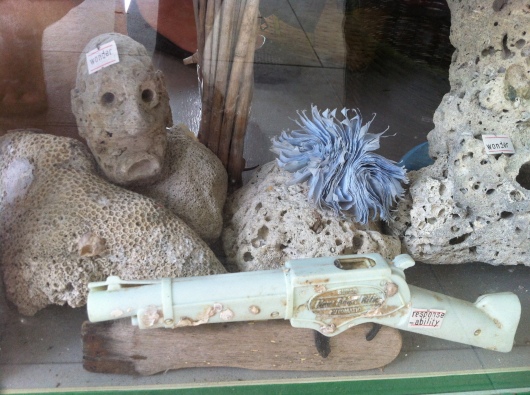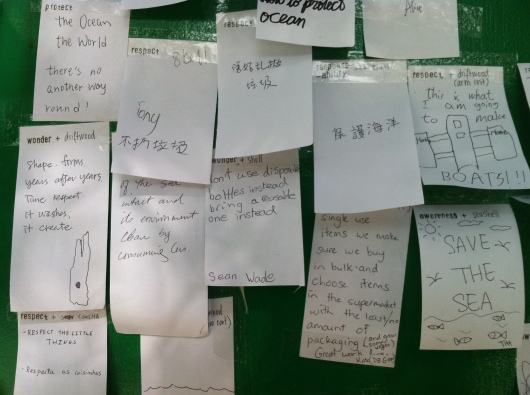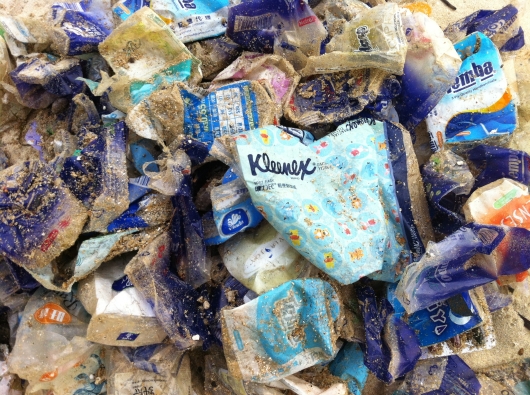 Probably one of the most wasteful and unnecessary uses of plastic is ‘the grass’ used for decorating sushi. The thing about sushi is that it is made fresh, eaten fresh and thrown out after a day if it is unsold.
Probably one of the most wasteful and unnecessary uses of plastic is ‘the grass’ used for decorating sushi. The thing about sushi is that it is made fresh, eaten fresh and thrown out after a day if it is unsold.
Why then, is sushi ubiquitously decorated with plastic shaped like grass, leaves or flowers; plastic that will remain on this planet for decades, long after the sushi has been consumed?
I have talked about this before and taken action locally, but to make a long lasting change there needs to be a commitment from the major supermarket chains to stop using unnecessary, wasteful and potentially harmful plastic on ALL fresh sushi and seafood products.
There are alternatives that make sense and look a lot more attractive – real leaves, flowers and edible shredded vegetables look (and are!) much tastier, or, why not let the sushi speak for itself and use nothing?
A commitment by supermarkets to not use plastic decorations will mean that thousands of pieces of plastic won’t be used every single day, it will also reduce the chance of plastic sushi decorations ending up littering beaches, parks and anywhere else people picnic on sushi.
 Another simple act that should be implemented by the supermarkets is to exclude the condiments from the packaged trays. Give people the option of taking sachets of soy sauce, ginger or wasabi and it may result in less wastage of these products. People who don’t want to eat them, won’t take them. By giving customers the choice as is done with taking the optional chopsticks, it could save supermarkets money as well as save plastic and food waste.
Another simple act that should be implemented by the supermarkets is to exclude the condiments from the packaged trays. Give people the option of taking sachets of soy sauce, ginger or wasabi and it may result in less wastage of these products. People who don’t want to eat them, won’t take them. By giving customers the choice as is done with taking the optional chopsticks, it could save supermarkets money as well as save plastic and food waste.
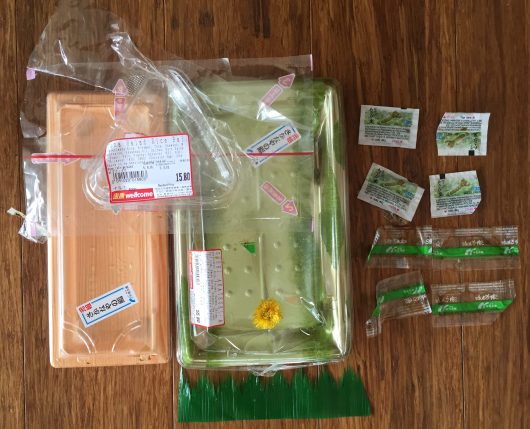
17 pieces of plastic remain (including two unused wasabi sachets) after a meal for 3
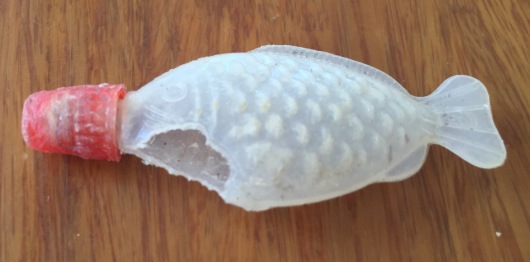
A soy sauce fish found on the beach with bite marks from real fish
People eat sushi because it is healthy and convenient. However what we are seeing on our beaches is more and more plastic rubbish with bite marks from fish. Fish are eating plastic in the sea! This is not healthy for the fish nor is it healthy for us. Research published recently showed that a quarter of fish sold in fish markets* had ingested plastic. We need to start connecting our habits to our food. By reducing the everyday plastics we use, we will reduce the amount of plastic that is wasted, ends up in our seas and … in our food.
Let’s get plastic off and out of our sushi!
- Bring your own containers and request your sushi is put in there rather than disposable plastic, although this only works if the staff are making it at that time but wouldn’t it be nice if they offered unpackaged pick and mix sushi in the deli at all times!
- Speak to the manager at every opportunity and request non plastic decorations and for the sachets to be optional not included. Local managers have some control on their supermarket processes.
- Call supermarket customer service hotlines and fill in the customer comment cards requesting these changes at a local and chain wide level.
![]()
Wellcome Customer Service Hotline
If you have any comments or enquiries about Wellcome Supermarket, please contact:
Tel: 2299 1133
Email: wdservice@dairy-farm.com.hk
Office Hours: Mon – Fri 9:00a.m. – 5:00p.m. (close on Saturday, Sunday and Public Holidays)
If you have any comments or suggestions to help us to provide better services, please share with us by completing our feedback form.
PARKnSHOP.com
Tel: +(852)2690 0948
Fax: +(852)2186 3389
Email: Parknshop.info@asw.com.hk
Office Hours: Mon – Sun
9:00a.m. – 10:00p.m.
http://www.parknshop.com/contactUs

- Tel: 852-2736-3866
- Fax: 852-2956-0336
- Email: contact@citysuper.com
- Service hour: Monday to Sunday 10:00am to 10:00pm
- Address: 8/F, Wharf T&T Centre, Harbour City, 7 Canton Road, Tsim Sha Tsui, Hong Kong
*Plastic for dinner: A quarter of fish sold at markets contain human-made debris
 This is Evie. She was born in Hong Kong and has spent her childhood growing up less than 100m from a beach.
This is Evie. She was born in Hong Kong and has spent her childhood growing up less than 100m from a beach.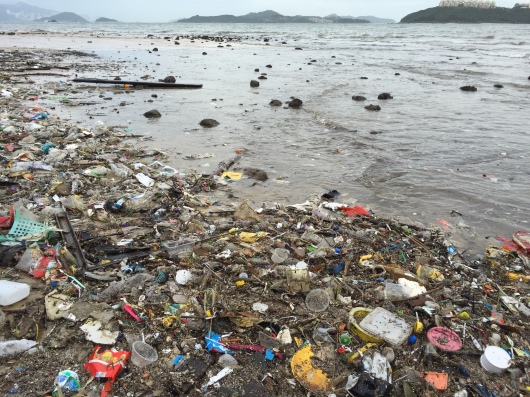

 How can we expect them to care about dolphins and turtles and migrating whales when the only ones that are in the news are the ones that wash up dead with bellies full of plastic trash. Trash that we have made when we eat food or snacks, drink on the run, clean our bodies or our houses. The opportunities to see these majestic creatures in their natural habitats are limited or non existent because they themselves are struggling to survive in our local polluted waters because of continued, unabated threats. The hopelessness is overpowering. It will take a lot of commitment and strong will of governments and corporations and also everyday people to change the current narrative of making money at any cost, consumption for convenience, poor design of products and packaging, poor waste management practices, devaluing our natural life support systems (our oceans!) and putting the individual ahead of the community. We are all part of this big mess that we are making and we all need to acknowledge this and turn the tide on the world we are making. We all have our role to play – what can you do to make the biggest difference?
How can we expect them to care about dolphins and turtles and migrating whales when the only ones that are in the news are the ones that wash up dead with bellies full of plastic trash. Trash that we have made when we eat food or snacks, drink on the run, clean our bodies or our houses. The opportunities to see these majestic creatures in their natural habitats are limited or non existent because they themselves are struggling to survive in our local polluted waters because of continued, unabated threats. The hopelessness is overpowering. It will take a lot of commitment and strong will of governments and corporations and also everyday people to change the current narrative of making money at any cost, consumption for convenience, poor design of products and packaging, poor waste management practices, devaluing our natural life support systems (our oceans!) and putting the individual ahead of the community. We are all part of this big mess that we are making and we all need to acknowledge this and turn the tide on the world we are making. We all have our role to play – what can you do to make the biggest difference?